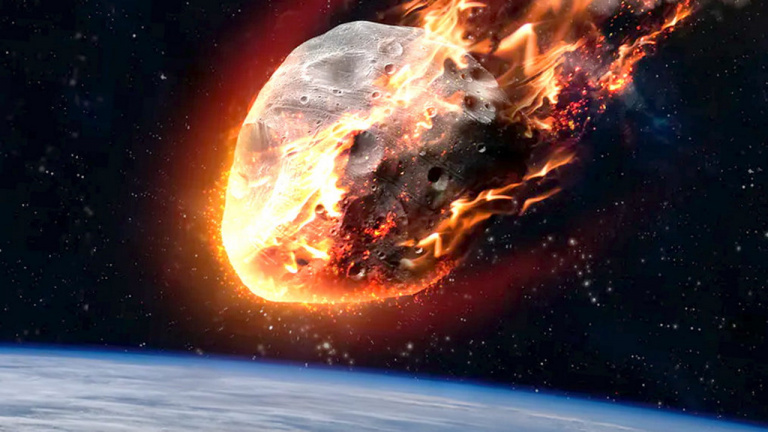The threat is not new, the near-Earth asteroid Apophis was discovered in June 2004 and has since been the subject of special attention and monitoring by NASA. The latter had even classified it at level 4 of the objects to be followed in a risk of collision with the Earth before reassessing this risk downwards.
Torino scale and Don’t Look Up, when reality meets fiction
If today the risk of seeing the asteroid Apophis collide with the Earth over the next hundred years has dropped to level 0 on the Turin scale, when it was discovered in 2004, it was a completely different story.
For those who are not very comfortable in astronomy, the Torino scale is a method for categorizing the risk of impacts between the Earth and near-Earth objects such as comets or asteroids, such as Aphophis, also known as “99942”.
The scale goes from level 0 “no risk” to level 10 “Certain collision resulting in a global climate catastrophe that could threaten the future of humanity”. Such a threat could occur less than once every 100,000 years on average. A figure which we do not know deep down if it is scary or reassuring.
Apophis, a nearly 350 meter near-Earth asteroid under surveillance
During its first assessment, Apophis was ranked 4 on the Turin scale with a possible risk of collision by 2029, i.e. tomorrow… Subsequently, in 2006, the risk was finally estimated at 1/45,000 for 2036. In 2009, after a new study, NASA this time estimated the probability at 1/250,000 before once again pushing back this deadline for 2068.
In its last report, in 2021, NASA finally downgraded Apophis to threat rank 0, rejecting any risk of collision over the next 100 years. But NASA could take advantage of the “low” distance (about 32,000 km) which will separate the earth from the asteroid in 2029, to try to intercept it in order to precisely study its composition, its characteristics, its trajectory or even map it. to get as much info as possible.
Because if the collision is obviously the biggest threat, the passage of such a big asteroid (about 350m long for 27 million tons!!!) very close to the Earth can cause a whole bunch of phenomena that it will be extremely rewarding to follow.
And if NASA excludes any risk of any kind whatsoever for humans or the environment, know that on April 13, 2029, the day when Apophis will pass closest to the Earth, it should be visible to the naked eye and will undoubtedly make the rounds of the television news.

